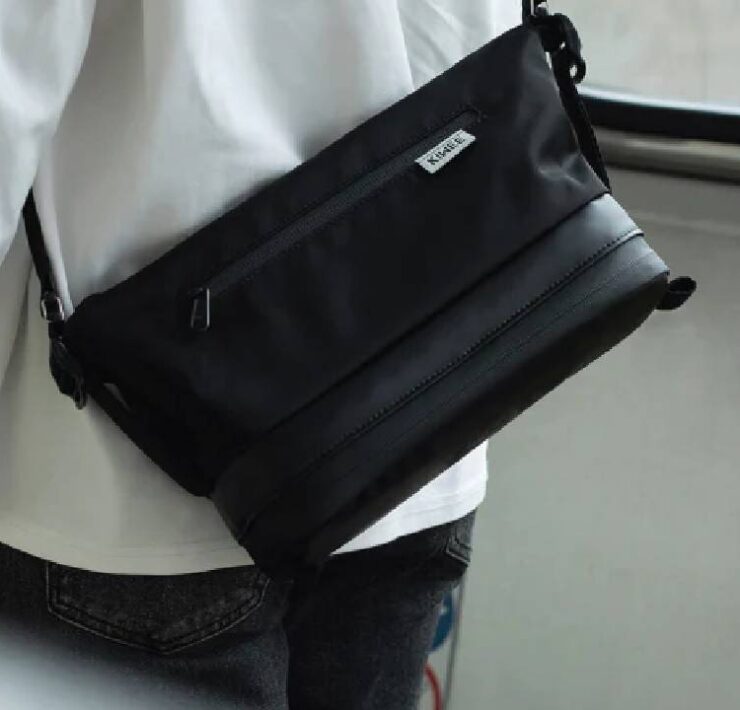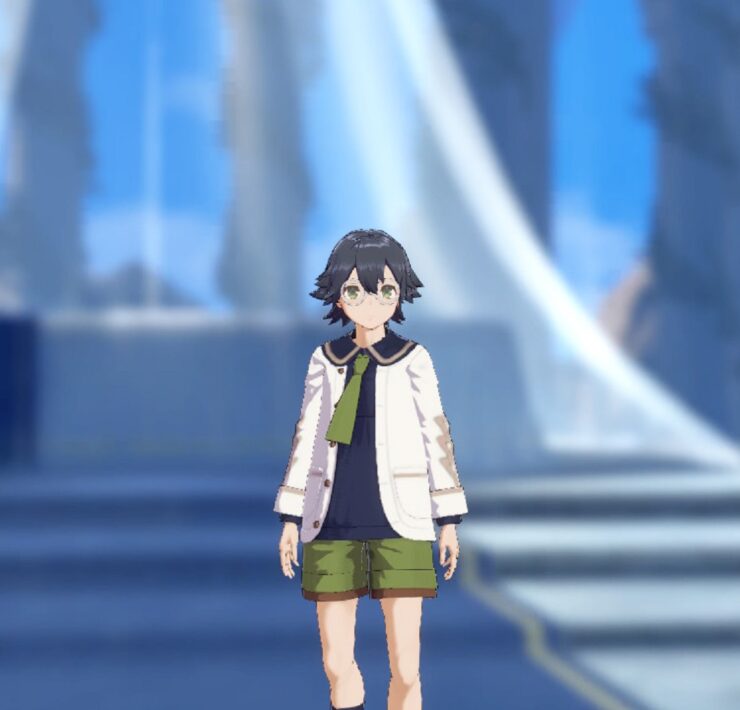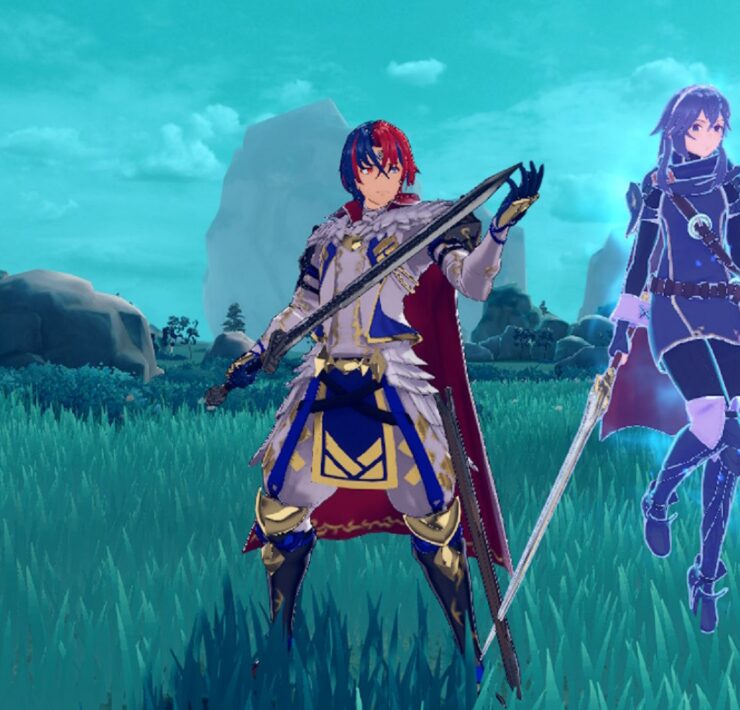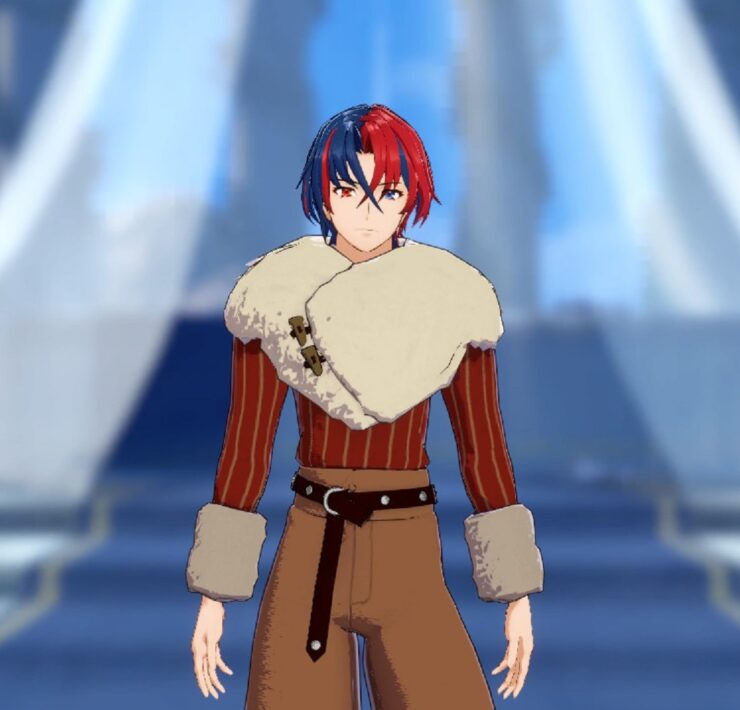Tech and Design: How Nintendo Consoles Have Evolved
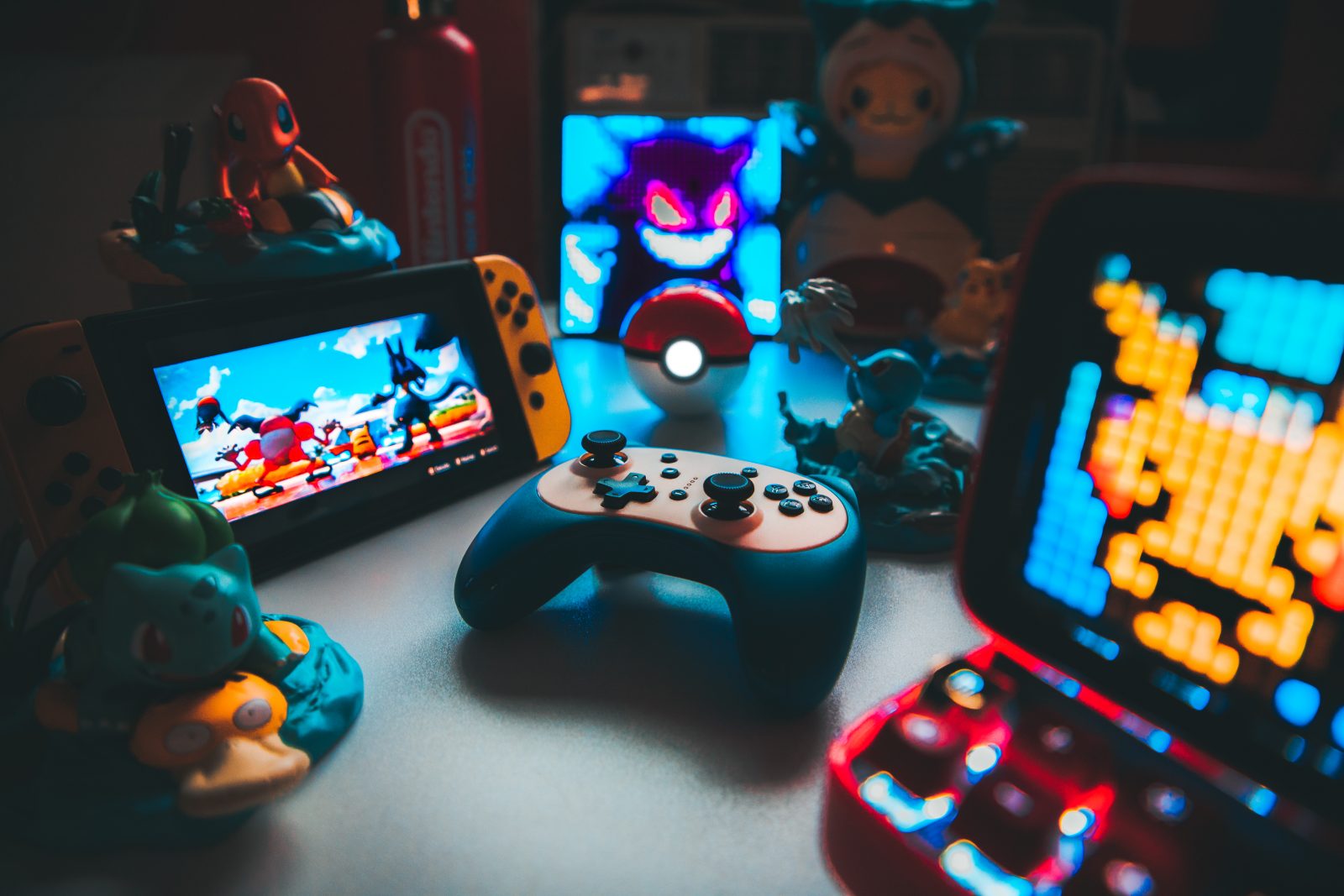
In the past two years, Nintendo sales on the Switch have been on the rise — especially with the release of Animal Crossing at the height of the pandemic. However, the recent semiconductor chip shortage pushed Nintendo to cut its full year sales forecast for the Switch by 6%, as it is struggling to meet demand for the device in recent months. Given its legacy as one of the most tenured game and entertainment companies, however, Nintendo will likely able to ride out this headwind and recover without problem.
Nintendo’s long history has cemented it as one of the most important console manufacturers of all time. From its beginnings as a playing-card company in the late 1800s, Nintendo pushed forward to innovate gaming hardware and create some of the most iconic playing devices of all time — such as the handheld Game Boy that dominated the 90s. Today, we’ll take a look at some of the most significant developments in Nintendo gaming consoles and controllers:
Nintendo 64
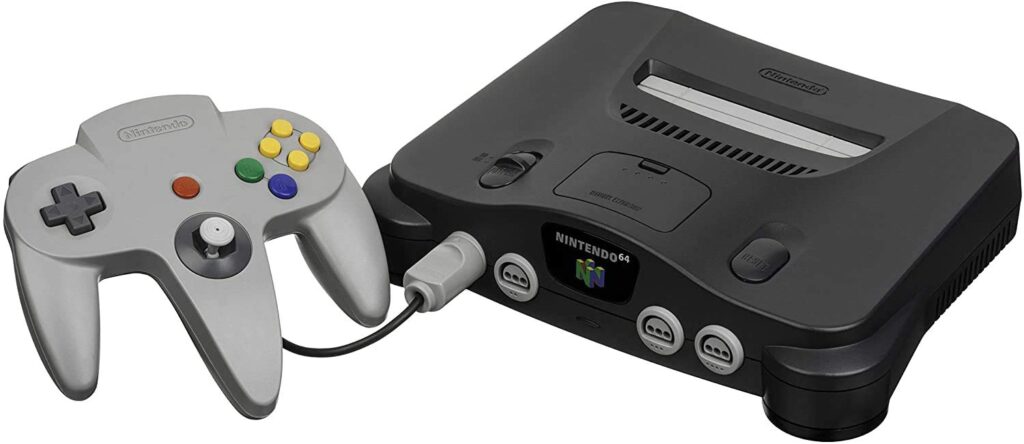
Jumping into 1996, the Nintendo 64 presented a 64-bit CPU and was Nintendo’s third home console to be released internationally. Although it only sold 32.93 million units worldwide, it was Nintendo’s first console to have built-in four player functionality. It’s also fondly remembered for its library of classic games.
Hardware-wise, the N64 supported 16.8 million colors and resolutions up to 640 x 480 — computing horsepower that would eventually pave the way for modern 3D graphics. Perhaps less fondly remembered was the N64’s unique three-pronged controller, which included a joystick in the center for players to navigate 3D spaces freely.
Unfortunately, the mechanism was prone to wearing out and loosening over time, but we can see it as a significant transition point for controllers expanding dimensionality.
Nintendo Wii

The Wii was Nintendo’s entry for the seventh generation of home consoles in 2006. They found success with the Wii Remote, a device that tracked in three-dimensional space and featured motion controls; Bluetooth peripherals detected movement using built-in accelerometers, coupled with an infrared detection sensor.
For more complex games, a nunchuck controller can be plugged into the bottom of the Wii remote. The Wii Balance Board was also available for Wii Sports, which became a popular exercise tool in healthcare. In fact, the Wii Balance Board is used as a non-immersive virtual reality device to help children with cerebral palsy improve their balance through multi-sensory neurorehabilitation physiotherapy protocols.
Nintendo Switch
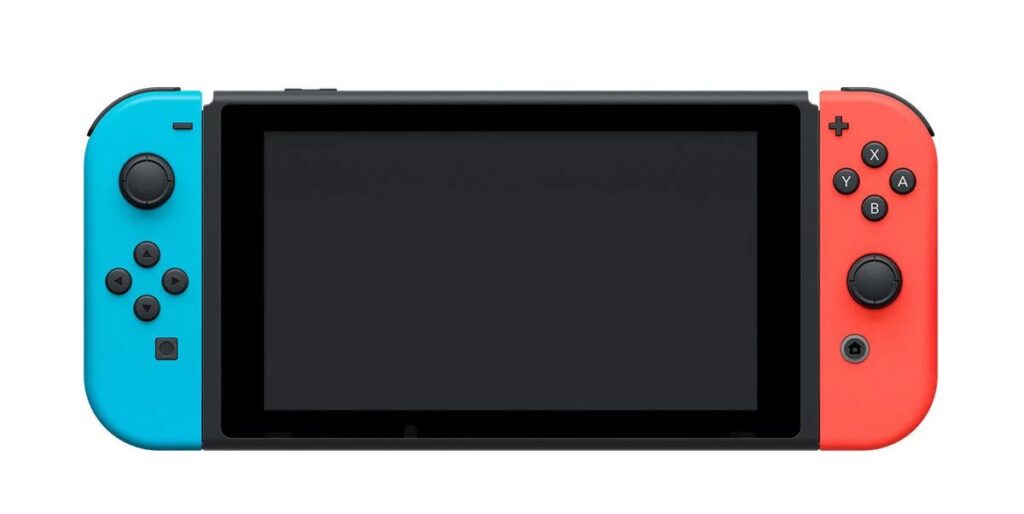
The Nintendo Switch was released in 2017 as a hybrid device. You can play on-the-go with the tablet-like Switch or connect it to a TV through a docking station. The detachable Joy-Con controllers are small pads that slot into either side of the Switch and can be used as either a conventional remote or for split-screen multiplayer games — making it a highly-innovative design choice.
The printed circuit boards (PCBs) in these controllers have high-speed routing designs, which require ultra-fast signaling to prevent signal loss, distortion, and reflections from discontinuities throughout interconnects, or lose wireless signal strength otherwise.
However, Nintendo has yet to perfect the Joy-Con’s overall PCB layout, and many players have found that the internal antenna gets covered by your palm if you’re playing with the Joy-Con in handheld mode. Still, the system comes with 32GB of internal storage and supports an expandable memory of up to 2TB, perfect for the Switch’s ever-growing library of games.
In fact, Nintendo recently added an expansion tier for its game libraries, with Nintendo Direct, Nintendo 64, and Sega Genesis games becoming available on Nintendo Switch Online’s service. They are also planning to release Switch controllers featuring the designs of the N64 — so expect past Nintendo products to make a big comeback.
Thank you for stopping by Nintendo Link! What do you think about this piece on tech and design over the course of three Nintendo console generations? Let us know in the comments below!



